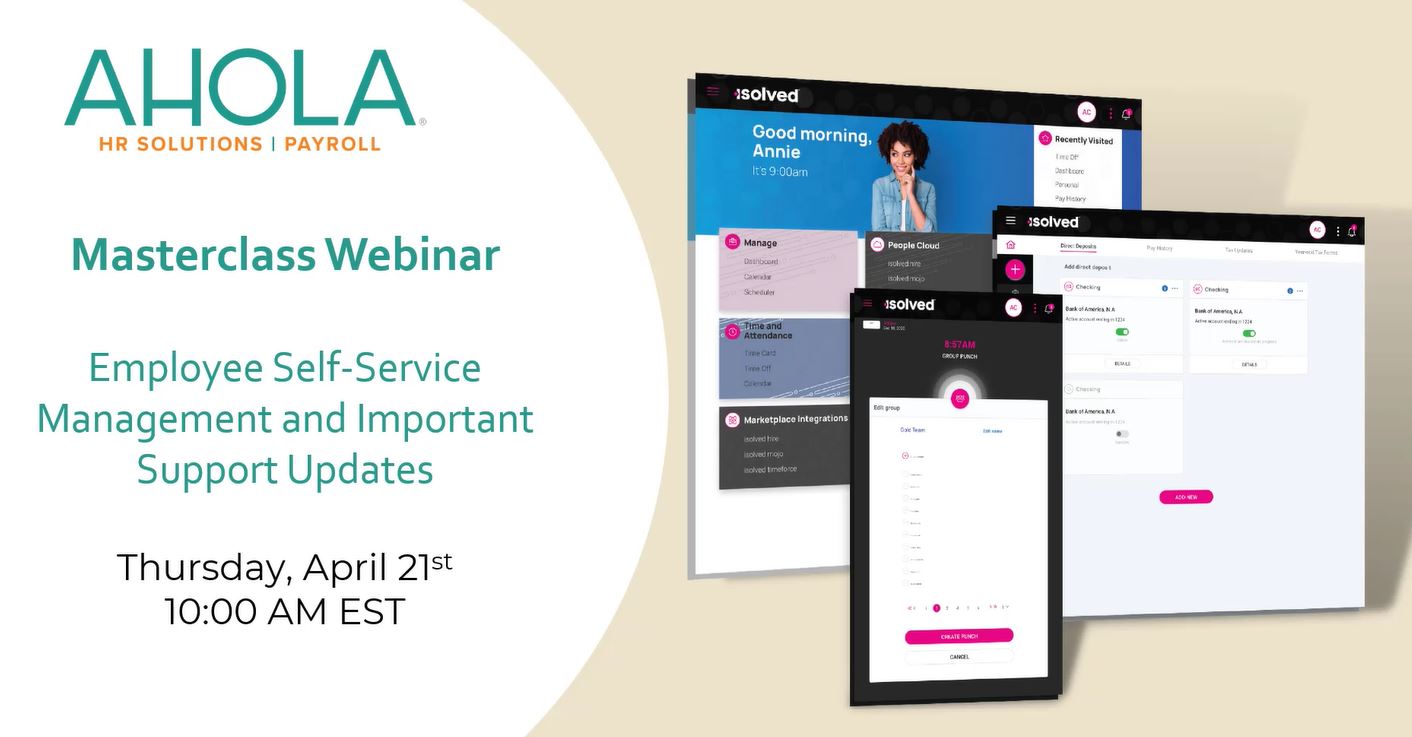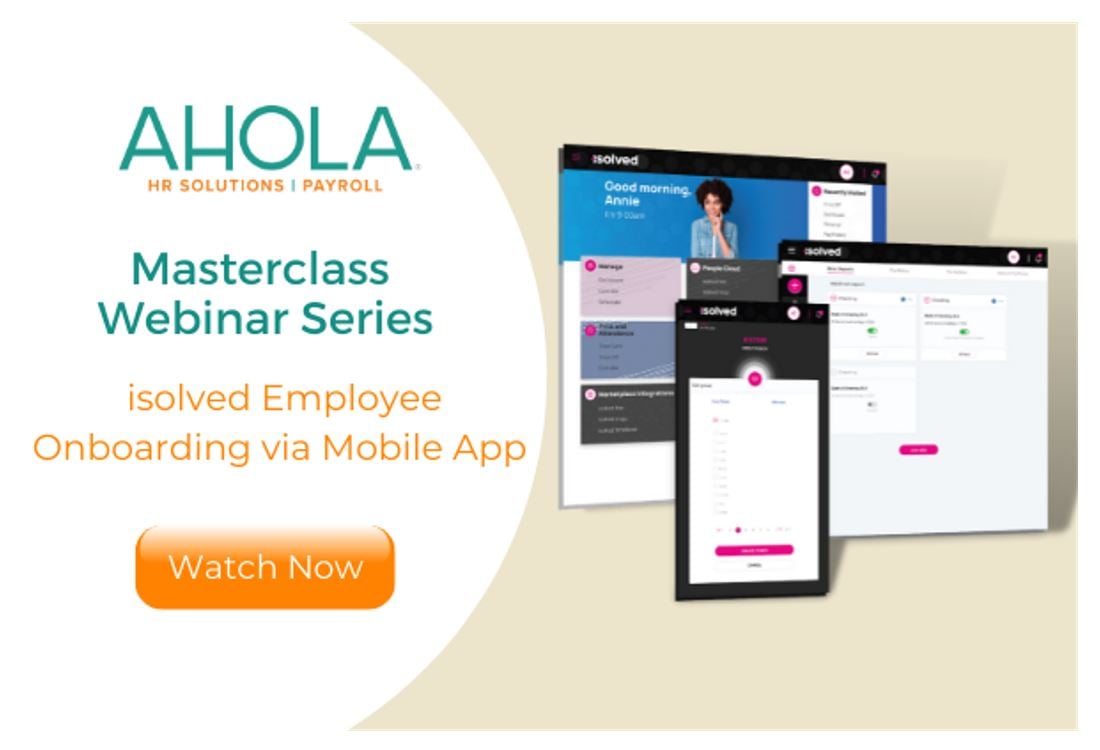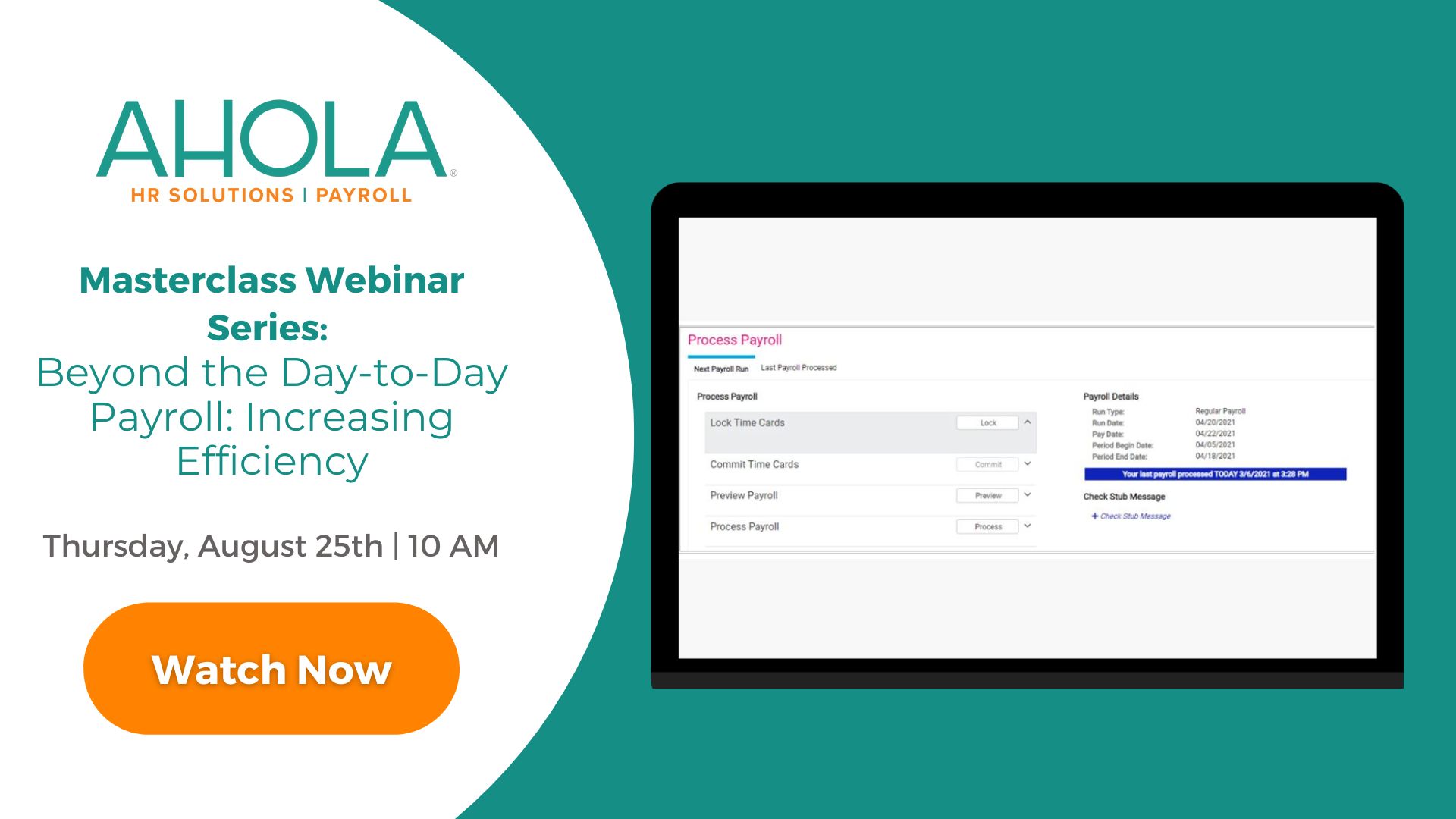What Does DEI Mean for Employers?
You've likely heard the term "diversity and inclusion" and probably practice it. But have you taken "equity" into account? Read more for insight into diversity, equity, and inclusion and how these concepts can work in your company.
In the workplace, diversity, equity, and inclusion, also known as DEI, refer to the qualities and experiences that make each person unique and how employers can use those attributes to support business goals. To truly understand diversity, equity, and inclusion, you'll need to break down each term.
Diversity
Diversity refers to the similarities and differences among individuals. It takes all facets of personality and individual identity into account. Examples of diversity include:
- Race.
- Ethnicity.
- Nationality.
- Age.
- Disability.
- Sex.
- Gender Identity.
- Language.
- Generation.
- Neurodiversity.
- Sexual orientation.
- Religious beliefs.
- Veteran status.
- Physical characteristics.
- Family background.
- Socioeconomic status.
- Life experiences.
Equity
In the workplace, equity is about ensuring fair treatment of all employees when it comes to access, opportunity, and advancement within the company. To achieve equity, employers must identify and work to remove obstacles to fair treatment, especially for underrepresented and disadvantaged populations. This requires a keen understanding of the inequities in societal systems and those present within the organization.
Inclusion
Inclusion refers to how welcomed, supported, valued, and respected each person feels as an employee.
According to the Society for Human Resource Management, "Inclusion is two-way accountability; each person must grant and accept inclusion from others. In such an environment, every employee tends to feel more engaged and is more likely to contribute to the organization's business results."
"Diversity and inclusion" has its own acronym (D&I) because they go hand in hand.
Diversity offers the potential for more creativity and innovation in the workplace. In other words, when people with different characteristics put their heads together, great things can happen. But diversity needs a vehicle to realize its potential — and this is where inclusion comes in. Per the SHRM, "Inclusion is what enables organizations to realize the business benefits of this potential."
In short, an inclusive workplace leverages the strengths of individuals from diverse backgrounds to effectuate positive outcomes.
DEI: Not a new concept
From a workplace perspective, DEI is a relatively new term. However, the practice of DEI has been around for decades. A report by AcademyHealth says DEI can be traced back to the civil rights movement in the 1960s.
From the 1960s to the mid-1970s, DEI focused "on tolerance, meaning the acceptance of the integration of workplaces, schools, and communities." Then, from the mid-1970s to the 1990s, the focus switched to multiculturalism and awareness of accomplishments by different racial and ethnic minorities.
In more recent years, the emphasis shifted to inclusion and equity to reflect demographic changes. As a result, DEI has expanded to include identities such as gender, religion, sexual orientation, and national origin.
In the workplace, DEI initiatives should be adopted strategically, with a strong commitment toward all three components. Otherwise, employers risk "going through the motions" — a recipe for inauthenticity and failure.


.png)




Reply a Comment